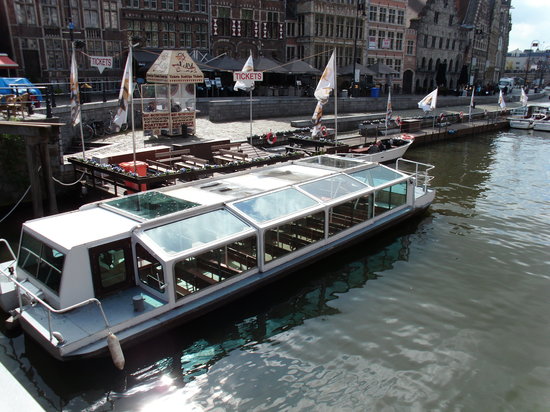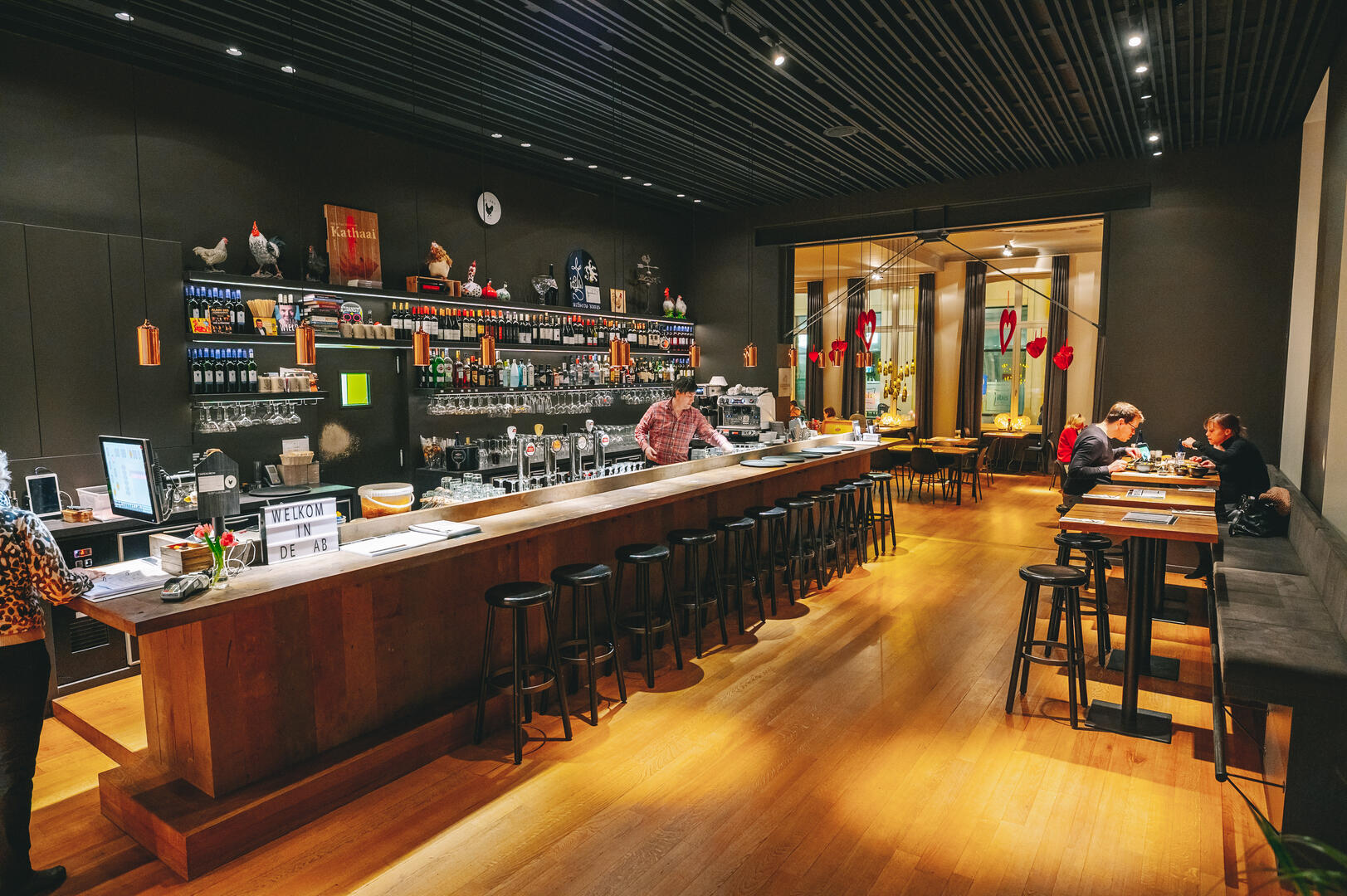Conference venues
The main venue for the academic sessions of the conference was St Bavo’s House (Biezekapelstraat 2).

Other important locations, in the order of the programme, were the following:
- Monday 5 September (afternoon): opening session and opening reception at the City Hall (Botermarkt 1)

- Wednesday 7 September (afternoon): city excursion in Ghent’s historic center

- Thursday 8 September (evening): conference dinner at “De Abt” (Lange Kruisstraat 4)

- Friday 9 September (late afternoon, after the closing session): post-conference drink at the Faculty of Arts and Philosophy (Blandijnberg 2)

- Saturday 10 September (full day): the Flemish Ardennes

Conference scope
The colloquium was held in English, French, German, Spanish, Italian and Latin. As per tradition, it was devoted to all linguistic aspects of late, informal, non-standard and colloquial Latin (including the transition from Latin to Romance).
Papers in the parallel sessions were limited to 20 minutes followed by 10 minutes discussion. A peer-reviewed selection of papers will be published in one or two volumes with Brepols.
A workshop on the language of Latin inscriptions and curse tablets was scheduled in the programme.
Organising committee
- prof. Giovanbattista Galdi (UGent)
- prof. Mathijs Lamberigts (KU Leuven)
- prof. Gert Partoens (KU Leuven)
- prof. Toon Van Hal (KU Leuven)
- dr. Simon Aerts (UGent)
- dr. Kim Groothuis (UGent)
- dr. Marieke Van Acker (UGent)
- Isabelle de Meyer (UGent)
- Alessandro Papini (UGent)
Herman award
Prix József Herman
Premio József Herman_Italiano
Premio József Herman_Espanol
József Herman Preis
In memory of József Herman (1924–2005), his widow Marianne Bakró-Nagy and the Comité international pour l’étude du latin vulgaire et tardif have established a prize for the best contribution by a young researcher at the biennial International Colloquium on Late and Vulgar Latin (Latin vulgaire – latin tardif). The prize consists of a diploma and €500.
The criteria for the prize are the following:
- At the time of the 2022 colloquium, the applicant is in the initial stage of their academic career, working on their dissertation or having finished it recently, participating in the International Colloquium on Late and Vulgar Latin for the first or second time.
- The paper presented is of good quality, deals with linguistic problems of Late and Vulgar Latin (including the transition from Latin to Romance), and demonstrates originality and familiarity with relevant concepts and issues in contemporary research.
- The presentation is delivered in a clear and coherent fashion (taking into account that the audience is an international one).
Co-authored contributions will not be considered.
The jury will consist of the members of the Comité international pour l’étude du latin vulgaire et tardif taking part in the Colloquium. They will compare notes during the closing session of the Colloquium. If they find that no presentation corresponds to the criteria above, there will be no winner.
Applicants for the prize are asked to indicate their interest after they have received a notice of acceptance of their abstract. To help the members of the jury in their evaluation, the applicants will be asked to send a copy (or extended summary) of their paper and handout(s) at least one week before the opening of the Colloquium.
The winner of the first edition of the Herman Award (Budapest, 2018) was Simon Aerts from Ghent with his paper “Latin tense and aspect in the writings of Gregory of Tours: a Systemic Functional analysis of tense usage in the Historia Francorum.” At LVLT14, the prize was awarded to Salvatore Cammisuli (University of Catania) for the presentation of his paper “Nomi di mestiere nel glossario latino-greco degli Hermeneumata Celtis.”